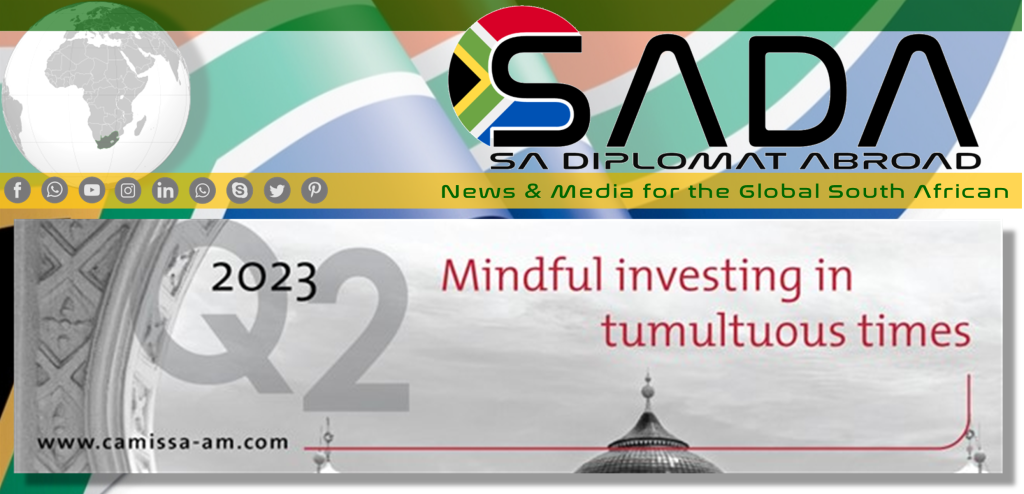
Global economic activity has decelerated from higher post-lockdown rebound growth levels but is proving reasonably resilient in the face of very rapid monetary tightening.
US economic growth has moderated from higher levels due to headwinds from sharply rising interest rates, less buoyant residential investment and notably higher consumer inflation. Despite subdued business sentiment, business fixed investment growth has been positive. US consumers remain strong, although with low measured confidence levels, given a surprisingly resilient labour market.
Europe’s economy remains weaker, with persistently higher energy prices and low consumer and business confidence. While there have been some positive effects from the alleviation of global supply chain issues and reduced semiconductor lead times, the manufacturing and export sectors have not experienced the anticipated level of rebound given the weaker than expected economic recovery in China.
Japanese economic activity has remained solid, with improving private consumption, business investment and continued export growth – all against a backdrop of an extremely loose monetary policy, a very weak yen and weak exports to China. Recent wage settlements in Japan, which continue to be higher than expected, may be a harbinger of structurally stronger domestic consumption and the first healthy price inflation for many decades.
The Chinese economy’s recovery has fallen well short of expectations after the lifting of prolonged pandemic lockdowns. Although contact-intensive service industries are experiencing a robust rebound, the property market, manufacturing sector and export industries remain very weak. Near term growth prospects are still strong and could be boosted by government stimulus measures.
Economic growth in South Africa is severely constrained by an inadequate and acutely unstable electricity supply (at least for the next few years), underperformance of transport infrastructure, poor service delivery from weak and revenue-hungry municipalities and chronically low business confidence. For these reasons, coupled with the very large government debt burden and a large and unskilled population with high unemployment, we remain pessimistic regarding the structural growth rate for the local economy. This is despite signs of some incremental government moves towards economic reforms. Additionally, the economic contribution from the mining sector benefiting from high commodity prices is now much weaker.
The Islamic Equity Fund was down 0.6% in the second quarter, underperforming the peer group average (up 0.9%). It is up 15.7% over the last three years, ahead of the competitor group average (up 14.5% pa). Since its inception in 2009, the fund has returned 10.7% pa. MTN, Rhodes Food Group, Omnia, Datatec, Adcorp and our global holdings contributed positively. Key negative contributors within local equities included Northam Platinum, Anglo Platinum, Metair, Anglo American and Equites.
The Islamic Balanced Fund was up 1.2% in the second quarter, underperforming the competitor group average (up 3.0%). It is up 13.4% over the last three years, ahead of the peer group average (up 11.3% pa). Since its inception in 2011, the fund has returned 7.8% pa. MTN, Rhodes Food Group, Omnia, Mondi and Datatec all contributed positively. Key negative contributors within local equities in the quarter were Metair, Northam Platinum, Anglo Platinum, Libstar and African Rainbow Minerals.
By: Camissa Asset Management investment team
Camissa Asset Management (Pty) Ltd is a licensed FSP.
www.camissa-am.com
